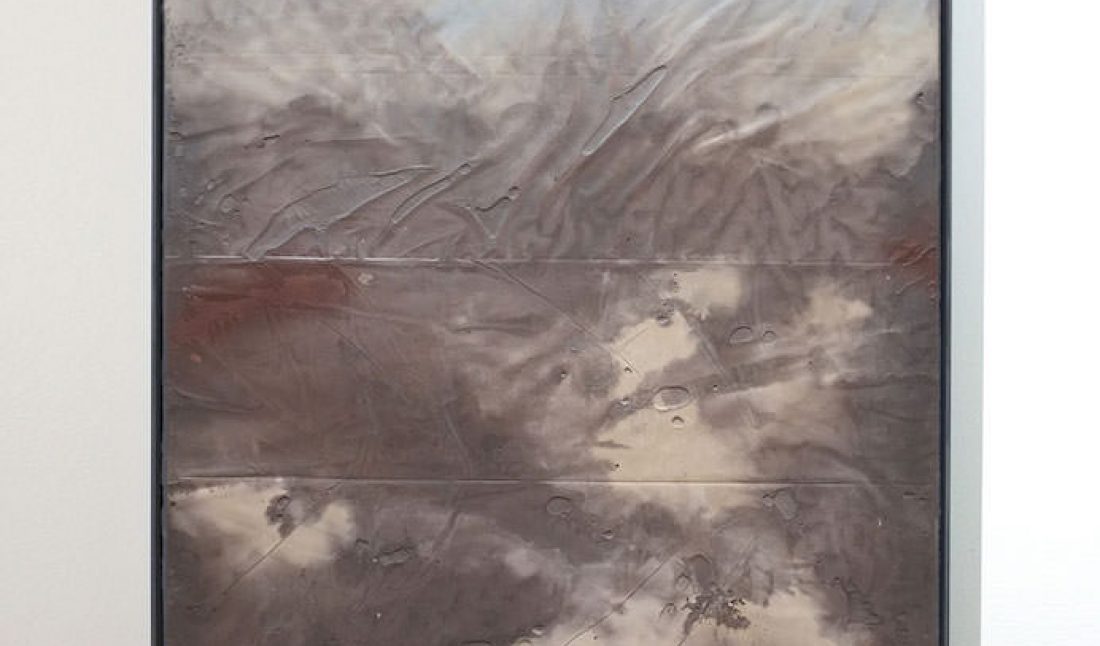Shulamit Nazarian grew up in a culturally enlightened home—her family was in the antiques business and her mother was a sculptor. In the eighties, as the Nazarian family became a big name in real estate development, they also began collecting and supporting artists. Nazarian herself studied architecture, starting her own collection of contemporary art while in New York at Pratt, and eventually exhibiting artists in her Los Angeles home, designed by A. Quincy Jones.
In 2012 she opened Shulamit Nazarian gallery in Los Angeles, with a roster of artists that reflected her collection of work dealing with identity, culture, and female voices (themes close to Nazarian personally, as a Jewish Persian woman). Like her collection, her gallery’s programming has expanded, and this spring it held an exhibition of photography and installation by the Mexican-born, L.A.-based artist Carmen Argote (April 14—May 28).
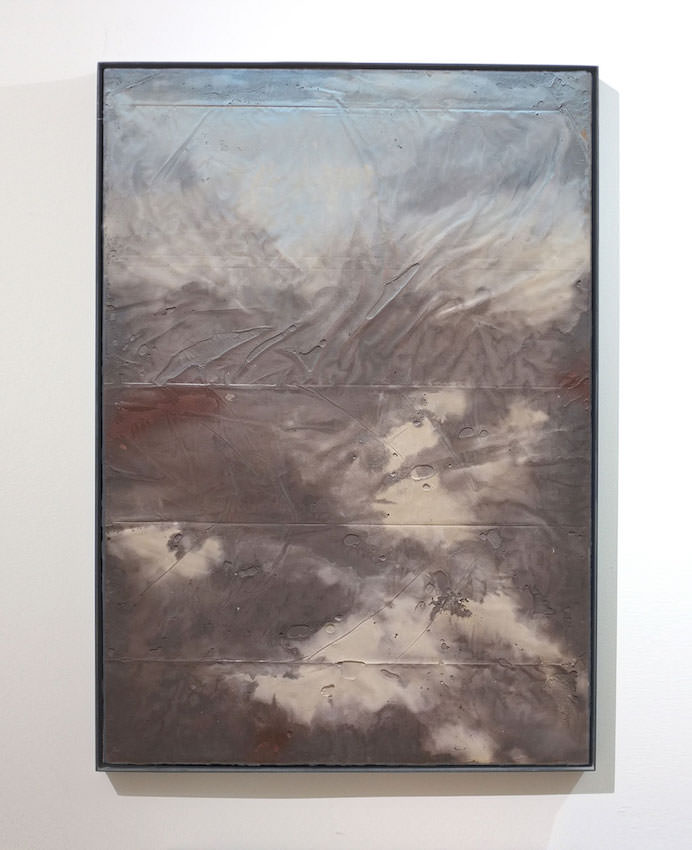 Pallets & Pepsi
Pallets & Pepsi2015
Courtesy of Shulamit Nazarian
Early this year, Nazarian opened the doors of her stunning home and gave us a tour of her gallery space. She spoke with Whitewall about the interplay between community and self, and collecting and exhibiting.
WHITEWALL: We read that your mother really influenced your interest in art and design, and that she was a sculptor. Did your family also collect?
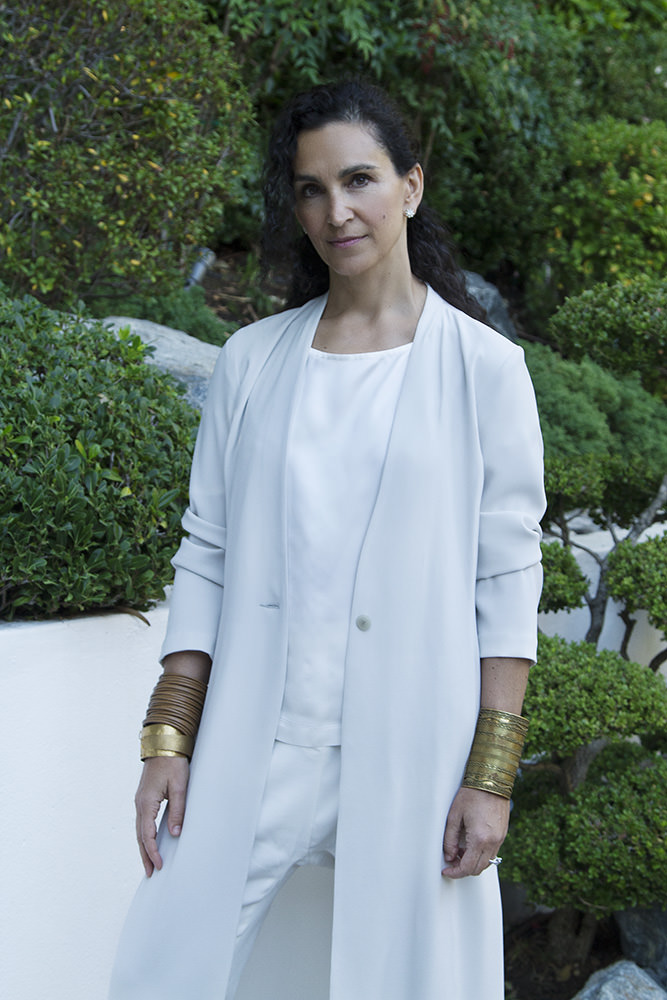 Theodore Boyer
Theodore BoyerSHULAMIT NAZARIAN: My mother’s family has historically been in the antique furniture business, dealing artifacts throughout my childhood. My mother’s vision and sensitivity to art and design, influenced by her own upbringing, allowed me to be exposed to wonderful art throughout my youth. Together with my father’s background in urban development, this fostered an environment that was heavily focused upon aesthetics and visual beauty, and had a profound impact on me.
As our business grew and flourished, my family and I became dedicated patrons of the arts, and in the early eighties we began collecting work and supporting artists. At the same time, my mother’s career as an artist took off, and as she became more and more involved in the art world, this naturally opened up our family to collecting and appreciating contemporary art.
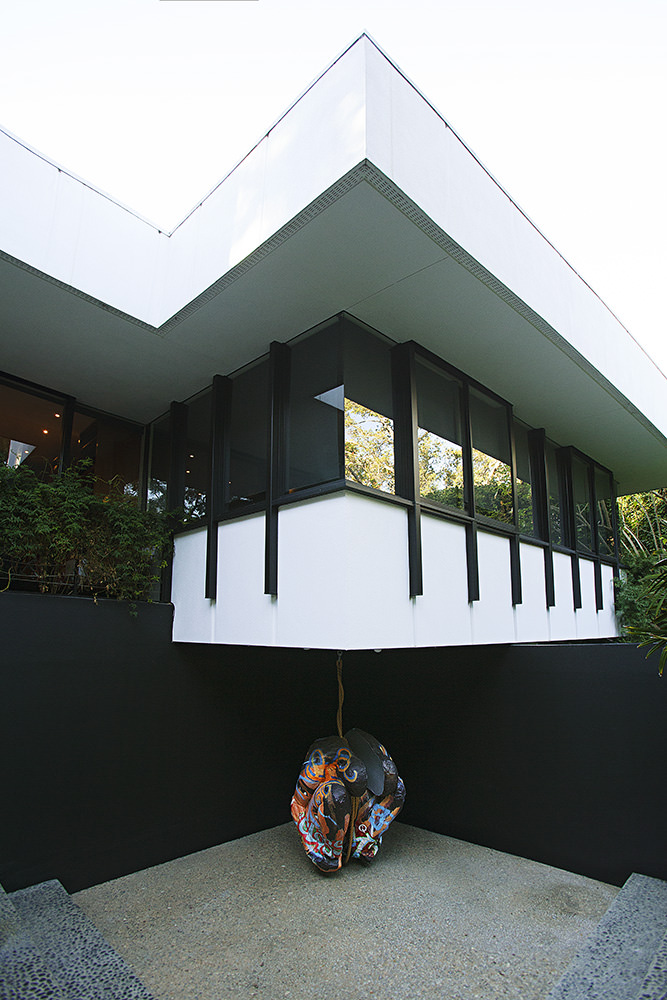 Pluto #4
Pluto #42015
Courtesy of Shulamit Nazarian
WW: You initially studied architecture at USC and Pratt. What drew you to pursue a career in architecture?
SN: As an immigrant, I have always been passionate about architecture’s influence over one’s sense of belonging and, in the same vein, how home can become an extension of your identity. Architecture has historically been very important in Iran and a deep-seated interest of mine as a result. I longed to explore architecture as a medium in order to re-create a sense of home in a new place. I saw this as a way to express myself on a cultural and personal level.
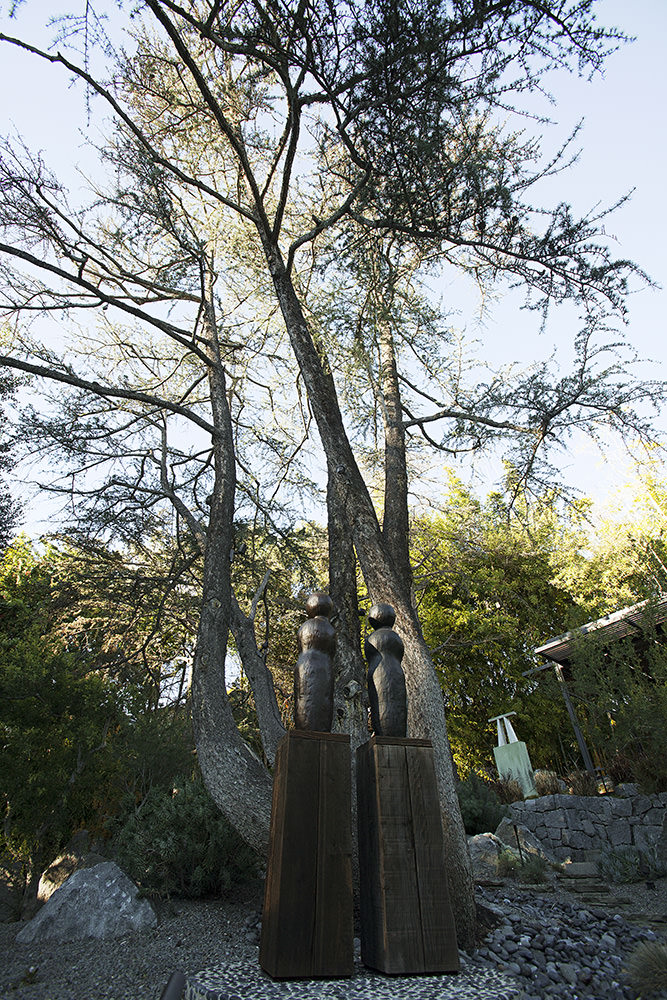 Photo by Steve Benisty
Photo by Steve Benisty
WW: When did you first start a personal collection of art?
SN: As a New Yorker in my twenties, I was spending time with the theater and fine arts students at Pratt, constantly conversing, theorizing, and consuming culture. During this time I found myself drawn to the art world and felt inspired to start collecting work that compelled me and allowed me to see the world in new ways.
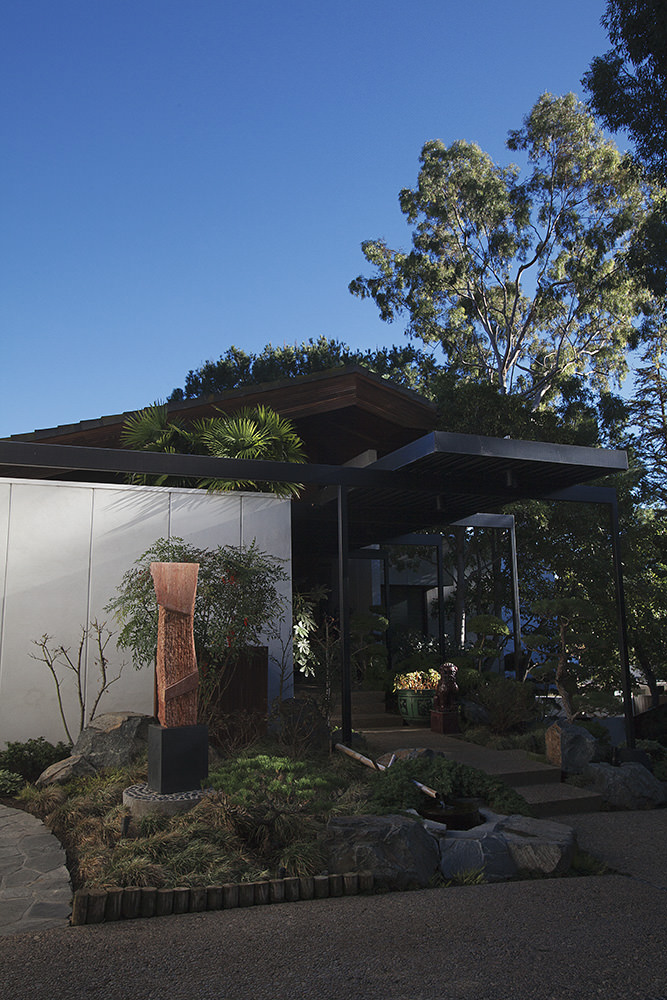 Photo by Steve Benisty
Photo by Steve Benisty
WW: What kinds of work and artists were you initially drawn to?
SN: As an architect in training, I was initially drawn to sculpture. Sculpture as an intervention, both physically and culturally, had the most congruencies in my mind with architecture. I was also fascinated by feminist voices in art. My mother is a sculptor, and being raised by an artist who works in a historically male-dominated medium turned me on to boundary-bending work by other women artists.
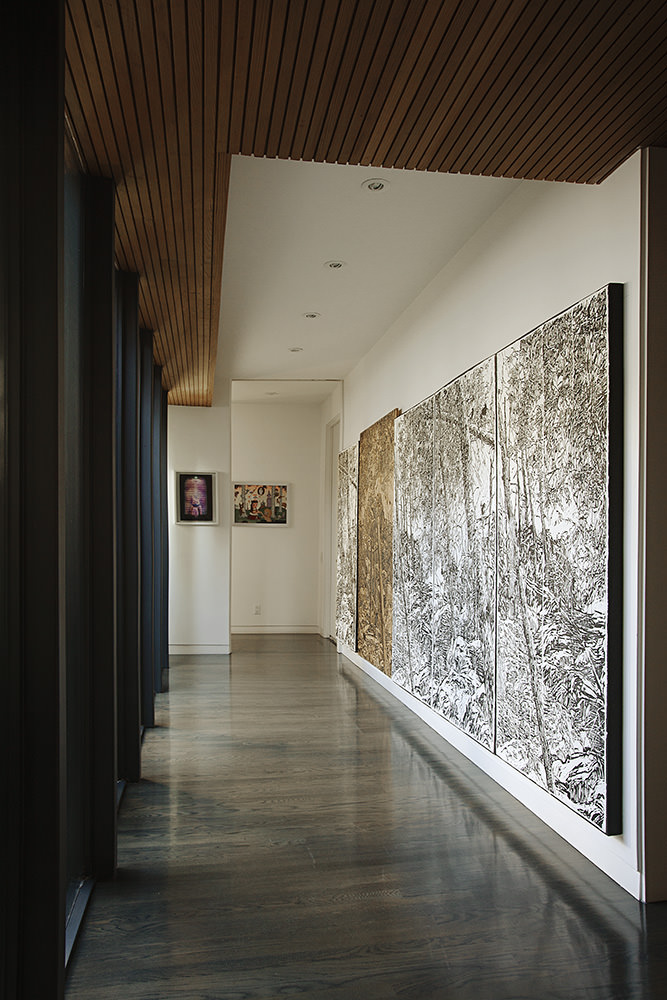 Photo by Steve Benisty
Photo by Steve Benisty
WW: Do you remember the first piece you acquired? Is it something you still have?
SN: Funnily enough, the first work was actually not a sculpture, but a figurative drawing by Lev Shteiman. The drawing featured a Middle Eastern–looking woman wearing a headscarf, and something about the nuance of his brushstroke, together with the subject of the drawing, played the right chord at the right time. Being the sentimental being that I am, I of course kept the work in my collection.
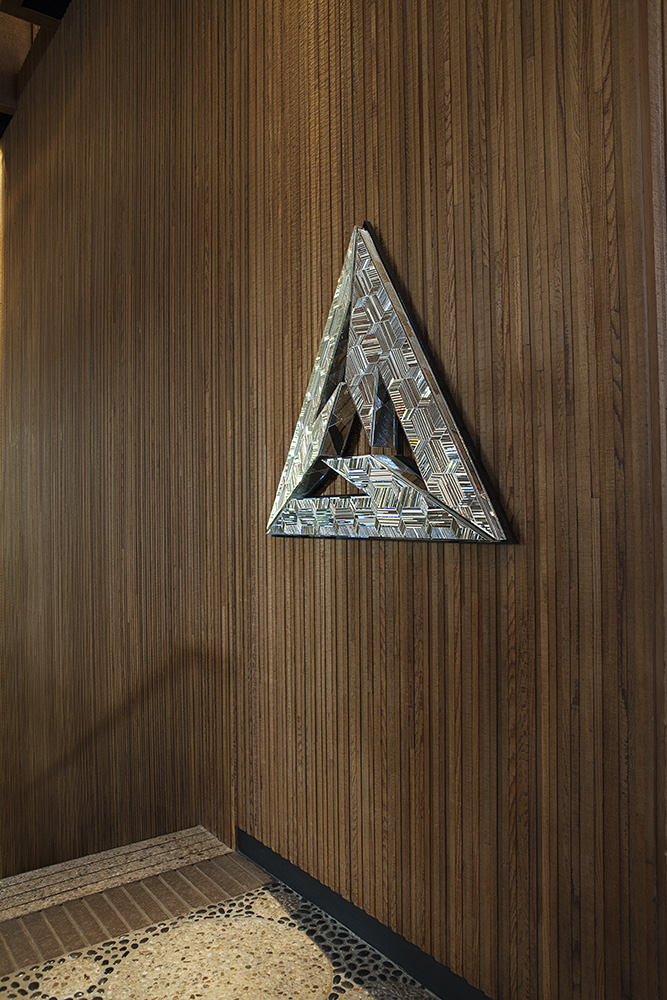 Photo by Steve Benisty
Photo by Steve Benisty
WW: When you started your collection, did you have a goal in mind or a focus, or was it something that came together more organically?
SN: I would say it definitely came together more organically. I started collecting things that I liked, and a more clear narrative emerged as the collection grew and started taking on a life of its own. I think at some point I looked at the works around me and realized the collection had its own voice and personality, and reflected my own unique sensibilities. My collection is now an extension of the program I exhibit in the gallery, mainly artists that deal with expanding notions of identity, exploring their own heritage, culture, and making in distinct ways.
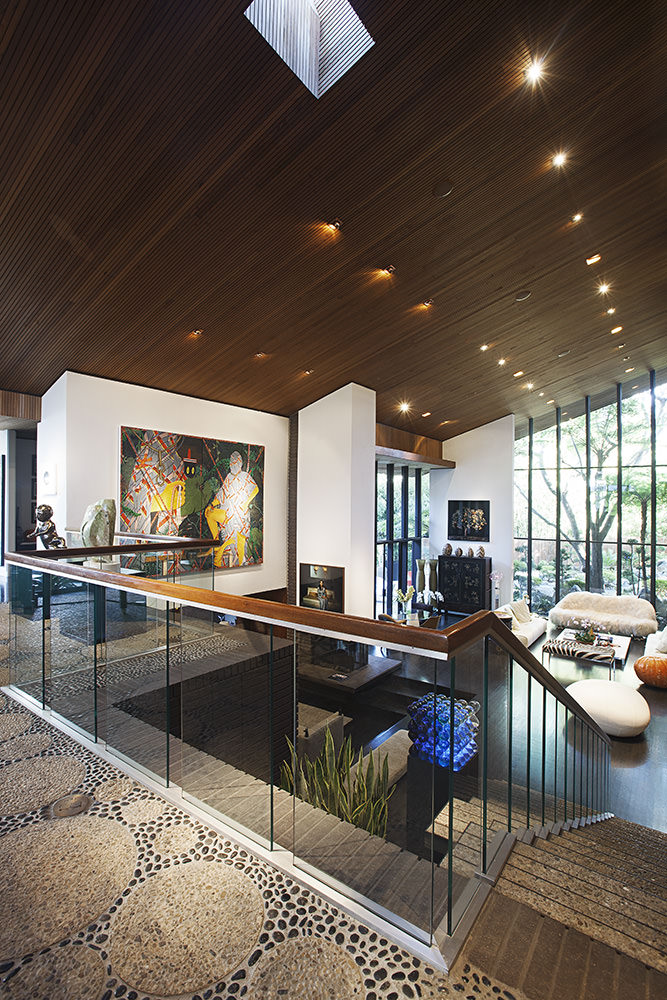 Photo by Steve Benisty
Photo by Steve Benisty
WW: Your gallery started as a roving art platform in 2006. How did the initial show come about?
SN: The first show came about shortly after I moved into my current A. Quincy Jones–designed home in Los Angeles. Through collecting and philanthropy, I had been supporting emerging arts and crafts in the L.A. area when two of my friends approached me with an incredible body of work by five Vietnamese artists. They asked if I’d be willing to host an exhibition of these artists’ work in my home. I was excited for the opportunity, and the interest and dialogue that the show generated prompted me to produce other exhibitions with artists from Los Angeles, primarily of Middle Eastern decent. Working with these artists, along with the conversations that we had in the process, opened my eyes to the lack of representation for artists from the Middle East. I saw a need and decided to answer it.
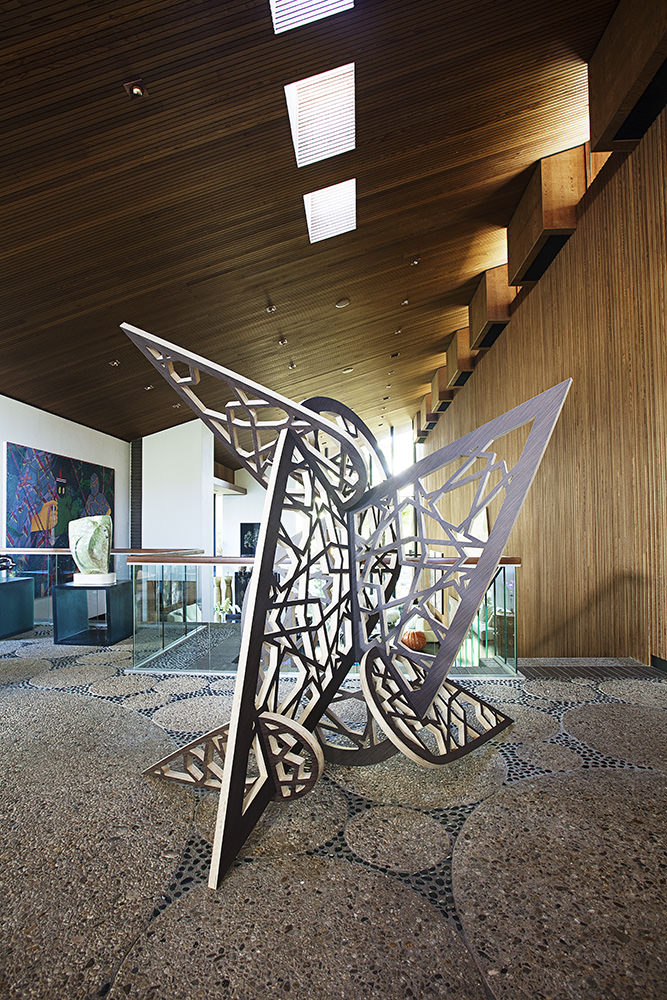 Photo by Steve Benisty
Photo by Steve Benisty
WW: How did your mission evolve and lead to the opening of the gallery space in October of 2012?
SN: I was excited and compelled to continue working with many of these artists, and to share their work with a much larger audience. It was these factors that prompted me to open the space here in Los Angeles. I really felt the work deserved a more public and formal space for exhibition, and that the new gallery could allow us to work on larger, more complicated, and ambitious projects.
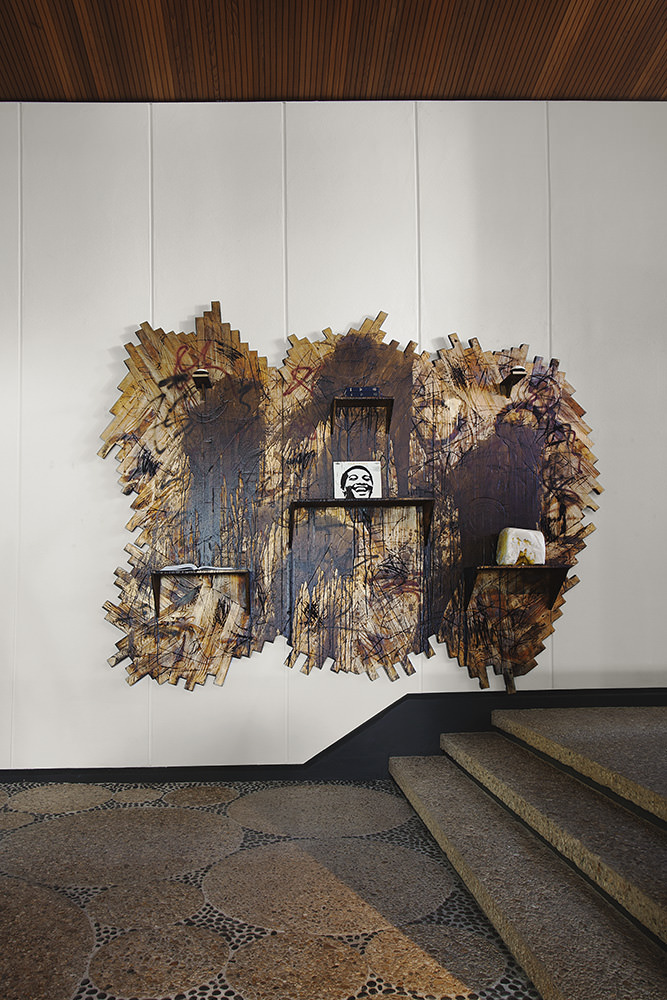 Photo by Steve Benisty
Photo by Steve Benisty
WW: It seems like you really see that gallery as a platform to promote understanding and communication between different cultures and groups. Why is that important to you?
SN: As a Jewish Persian woman, I grew up at the intersection of many communities—Israeli and Iranian, Jewish and Muslim. Much of my life has involved navigating these communities that have so much history and so many traditions in common, yet often find themselves at odds. I believe that art can serve as a means of promoting understanding and communication between groups of people who share lexicons without even realizing it.
WW: Is that something the artists you represent are interested in as well?
SN: We work with a range of artists, both local and international. Many of these artists are influenced by their own personal history and incorporate this concept into their work. We state on the gallery’s website that our program is rooted in the belief that artistic practice plays a vital role in producing a cultural dialogue while also highlighting the complexities of individual identity and various sociopolitical realities. I believe the program reflects this direction, as we regularly work with artists who address these ideas. While I feel that these ideas are part of the gallery’s core values, I also ensure that it doesn’t limit the type of work that we present. I want to be inspired by, and learn from, artists who are examining their own perspective and formulation of the world around them. I want to grow through the artist’s work as much as possible and to share this process with others.
WW: How do you go about taking on new talent, locally or internationally?
SN: I like to use the analogy of dating to convey the way we develop relationships with artists at the gallery. There is a period of courtship that consists of studio visits, social calls, and going to events that showcase the artist’s work. Choosing to either consign or exhibit work by an artist represents a phase of going steady, and agreeing to full representation really seals the deal as a committed relationship.
WW: How would you describe the role of the gallery within the Los Angeles gallery community?
SN: I believe the gallery’s program and voice is quite unique to Los Angeles. One of Frank Lloyd Wright’s more famous quotes is “Tip the world over on its side and everything loose will land in Los Angeles.”
This city has an overwhelming capacity to absorb immigrants, ideas, and influences. I feel that Los Angeles provides a perfect context and framework to explore how various cultures can exist in unity and have the ability to build communities and shape an individual’s understanding of the world. Many of gallery’s artists also reflect this sensibility, whether they reside in Los Angeles or elsewhere. While these concepts are ubiquitous in L.A., it’s not always easy to find gallery programs that examine personal and cultural identity from the place of the artist. While our program is not exclusively focused on these topics, I do feel that the gallery provides a unique perspective and helps to fill this gap in Los Angeles.
As for our unique location in Venice, the area has historically been devoted to the arts and creative types and seemed like an ideal transitional locale. Between the Market Street area, where Gagosian initially settled in L.A., Abbot Kinney, and our neighbors at L.A. Louver, Venice has been an arts district for decades. I felt that this tight-knit community would be perfect for accepting a new exhibition space. As we continue to grow and enter the second half of our decade in the business, we are considering an expansion to Hollywood in order to support our growth and the growth of our artists. Hollywood provides the centrality to those on the Westside, as well as larger spaces that allow for more immersive and ambitious exhibitions. As we move forward, we want to support artists who want to create on a much larger scale, and I think expanding to an additional space will help facilitate this.
WW: How has the role of the gallerist affected the way you personally collect, if at all?
SN: I think being a gallerist has made me more sensitive to understanding how a purchase can affect the trajectory of an artist’s career. As a gallerist, sales are such a primary element of my job, and knowing what it takes to successfully complete a sale or acquisition has impacted the way that I approach collecting. I think my role as a gallerist has made me a savvier and more discerning collector in many ways.
WW: What do you envision for the next phase of the gallery?
SN: We are really excited to be broadening the scope of the gallery and working with many new artists, as well as deepening our commitment to the artists that we already represent. The gallery has been expanding to include a more internationally diverse group of artists that are considering culture in ever expanding ways. This year, we will also be partnering with select guest curators. Working with new artists and guest curators from around the world is allowing the gallery to deepen its engagement and broaden its dialogue with artists, collectors, and the greater community.
This article is published in Whitewall‘s spring 2016 Art Issue.






